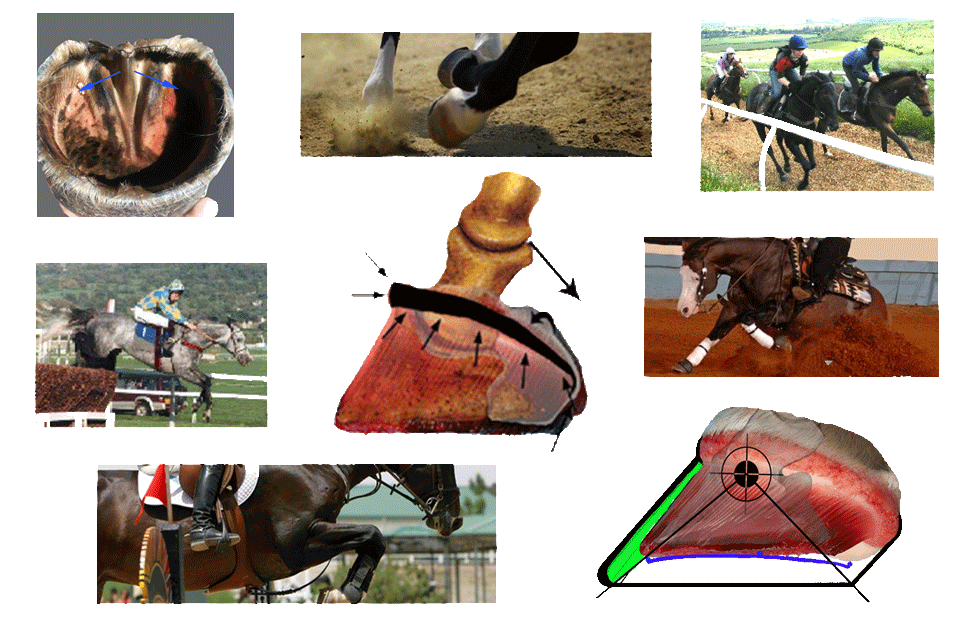Along comes someone calling themselves an Applied Equine Podiatrist, you have two boxes one labeled "Farrier" the other "Barefooter", which box should I put this person into? Like the ping pong ball, you will use an established pattern of thought assigning one of these labels to this person. I'll ask again, what if you choose to break your pattern of thinking?
I get asked that question all the time, at horse expos, lectures and conferences, and in class by the first time student. In class it is a simpler task, offering information that allows a student to practice lateral thinking and thus accept the need for a third box. The question "What is Applied Equine Podiatry?" is an exercise in lateral thinking, and after being challenged hundreds of times by this question I was able to pen a simple definition. I think at the very least the following definition will allow the open minded individual to entertain breaking fixed patterns of thought.
"The essence of Applied Equine Podiatry is the conscientious study of the equine foot, always striving to expose it to proper environmental stimuli, making every effort to promote proper structure and function, as we progress in achieving high performance. It is accepting the fact that the horse has the innate ability to heal itself, and that domestication of the horse has caused imbalance and broken the golden rule of "Do No Harm."
Over the next few weeks I will post a question or statement taken directly from a past final written exam of our Entry On-Line AEP Program.
The exam is a list of questions and statements that I have been presented with over the past several years. Students are instructed to read each carefully and respond to each as if it were directed to them and as to how Applied Equine Podiatry would or would not apply. Tip: “Whole Health Hoof Care.” The goal of the Applied Equine Podiatrist is to aid the horse owner in achieving a healthy foot.
Here's a question or rather statement presented to our Entry Level AEP students.
My horse wears his hind outside heel down much faster than the inside; the shoe prevents the wear and my farrier wedges it to balance him.
Tip: When a statement is presented, often the answer is a question.
Perhaps with added insight you to will see the need for a third box.



No comments:
Post a Comment